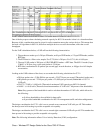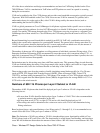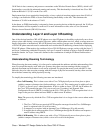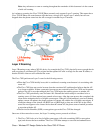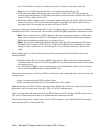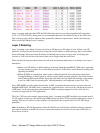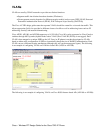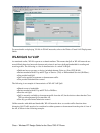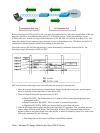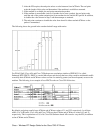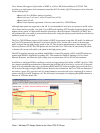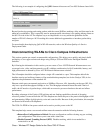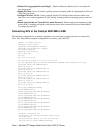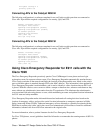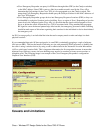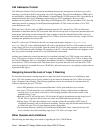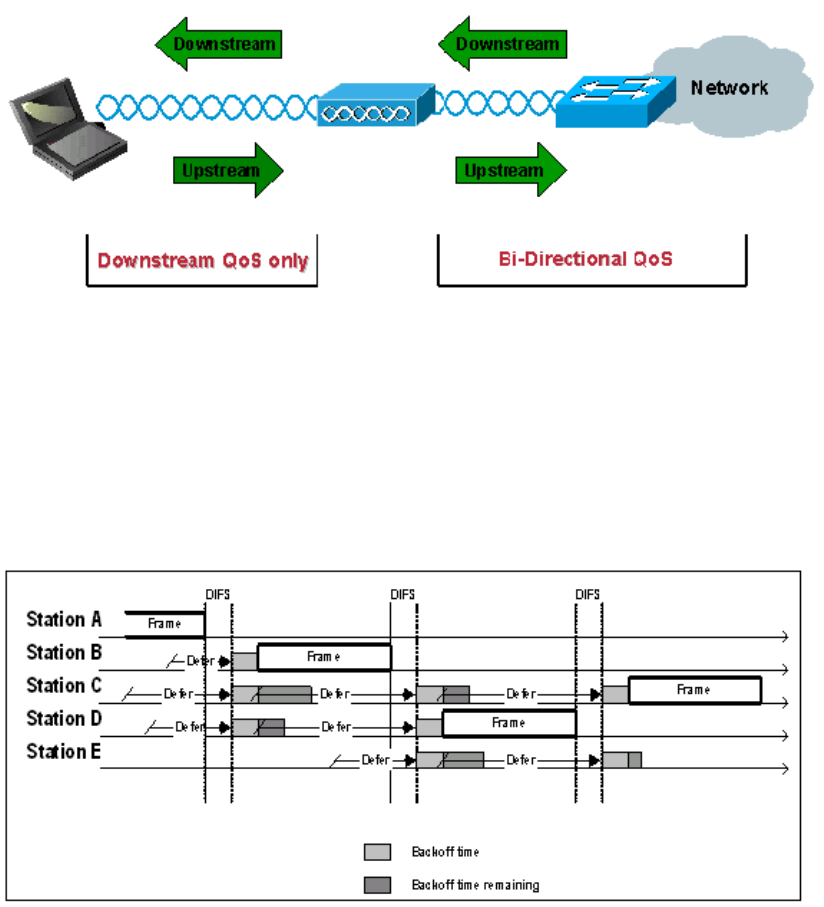
Before discussing how WLAN QoS works, you must first understand how end points transmit data on WLAN
networks. Similar to wired Ethernet networks, 802.11b WLANs employ Carrier Sense Multiple Access
(CSMA). However, instead of using Collision Detection (CD), WLANs use Collision Avoidance (CA). This
means that instead of each station trying to transmit as soon as the medium is free, WLAN devices use a CA
mechanism to prevent multiple stations from sending at the same time.
The model used for WLAN data transmission is called Distributed Coordination Function (DCF). The
following image is an example of 802.11b DCF:
DCF ensures that the following events occur when the end points try to transmit data:
After the previous frame has been transmitted and detected by the other end points, each end point
waits for a period of time called Inter−Frame Space (IFS).
1.
There are the following three potential values for IFS:
Short IFS (SIFS) The shortest interval. It is used by APs to send acknowledgements and
management traffic.
♦
Point Coordination IFS (PIFS) This is not used by commercial products.♦
Distributed IFS (DIFS) DIFS is the interval used by most other end points.♦
2.
After the IFS interval has expired, the end points begin their CA procedure. This procedure uses two
values, called aCWmin and aCWmax. The Contention Window (CW) determines what additional
amount of time an end point should wait, after the IFS, to attend to transmit a packet. The value of the
CW used is determined by the following:
Each end point has the values for aCWmin and aCWmax defined.1.
3.
Cisco − Wireless IPT Design Guide for the Cisco 7920 IP Phone



